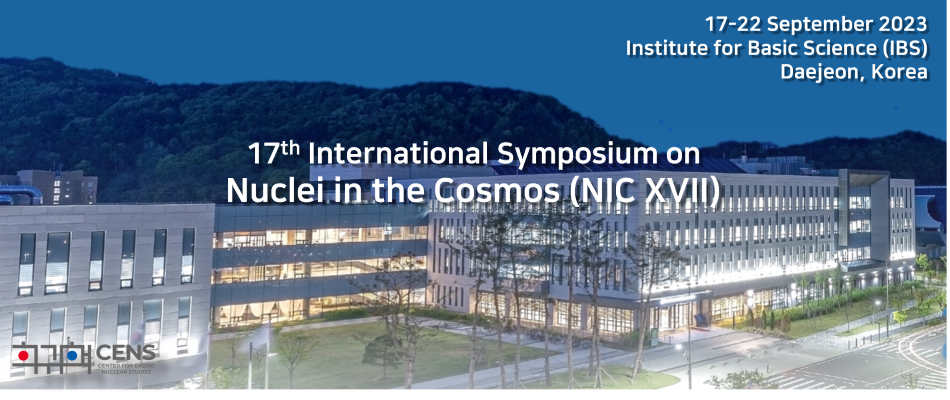Speaker
Description
Astrophysical sources of r-process nucleosynthesis pose an ongoing enigma, with conflicting findings in the literature. We investigate three leading candidates—neutron star mergers, magneto-hydrodynamic jets, and collapsars—each associated with distinct stellar progenitor mass ranges. However, an overlooked bias in r-process studies arises from the influence of the initial mass function (IMF), which has been recently confirmed to vary with metallicity. This IMF variation affects the proportion of stars formed within specific mass ranges relative to metallicity, consequently impacting the rate of enrichment for potential r-process sites.
To address the influence of a variable IMF on r-process enrichment, we extend our open-source galactic chemical evolution model, GalCEM. GalCEM enables comprehensive calculations of the chemical evolution of all stable isotopes across galactic times. The code encompasses in synergy low-to-intermediate stars, massive stars, type Ia supernovae, and the aforementioned candidate processes. Our novel extension employs the integrated galaxy-wide IMF (IGIMF), a well-established and observationally validated theory. The IGIMF demonstrates remarkable consistency across diverse environments, including the Milky Way, high-redshift starburst galaxies, and local dwarf galaxies. We focus specifically on local dwarf galaxies and their low-metallicity stars, as they serve as self-contained nucleosynthetic laboratories, devoid of complex dynamic evolution.
Our study unveils the return rates of r-process nucleosynthesis candidates within the context of a variable IMF. This works provides fundamental constraints for future observational studies.

